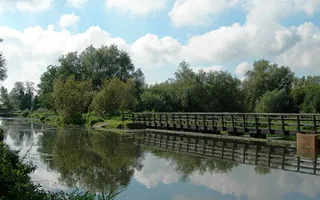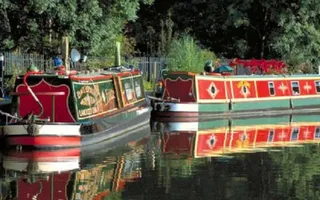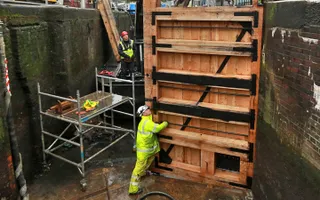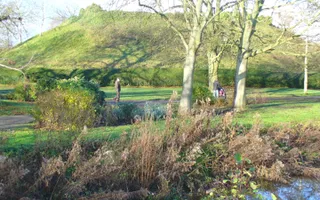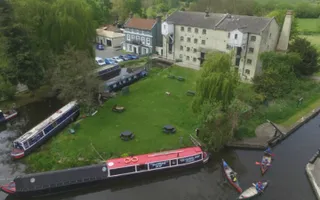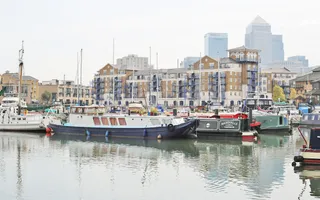The rural surroundings make this river a haven for nature, with wild flowers growing along the banks and many species of water and wetland birds in the area.
The River Stort is a tributary of the River Lee, which it joins at Hoddesdon, and extends navigation for 14 miles from there to Bishops Stortford. The River Stort's gentle, winding course has remained unaltered by human intervention, unlike the Lee, which has been straightened to improve navigation.
Days out along the River Stort navigation
Peaceful, restful and a little bit blissful. Download our free guides and find your mindful moment by the water.


